This post describes how I purify my drinking water during my Peace Corps service, not the most exciting topic, but an essential one for Peace Corps Volunteers (PCVs)! As Americans, we mostly take for granted that our tap water is safe to drink, free from harmful bacteria and other materials which could lead to diseases, both acute and chronic. Many Peace Corps Volunteers across the globe have to follow specific procedures to make sure that their water has been properly purified before they consume it.
Hundreds of years ago, it was the Englishman John Snow (no, not that John Snow from Game of Thrones, we’re talking real history here folks!) who showed that a contaminated community water pump was the source of a cholera outbreak by mapping the locations of cholera victims and observing a pattern emerge. Even today, epidemiological studies have shown that rural communities in some developing countries that consume water from “downstream” sources, which are more likely to be contaminated with animal and human waste suffer more from water-borne diseases such as diarrhea.
For the vast majority of Peace Corps Volunteers here in Guatemala, they simply order a water-cooler style jug of water to be delivered to their home for around 10 Quetzales a week. So, for most of us, water purification isn’t an issue. The prior PCV, who lived in my home left behind a water cooler jug and stand after her service ended.
My sitemate, or fellow PCV who lives in my town, has his water delivered as well. Probably because of this easily affordable service, Peace Corps Guatemala does not provide water filters to volunteers, though other countries where Peace Corps Volunteers serve do provide filters, probably due to the lack of venders who provide potable water to volunteers in those countries.
I decided to purify my own drinking water from the tap for the following reasons: 1. I want to learn how to purify water from a possibly (or even probably) contaminated source should I do volunteer work in another country. 2. I like be self-reliant, such as knowing that I can take water from the chorro (tap) here in my host home and make it potable. 3. I don’t want to have to deal with the hassle of having to arrange for somebody to deliver my water when I’m not at home during the day (which is all the time during the work week.)
I decided on the second option for filtering water here in Peace Corps Guatemala (the first being boiling your water).
So, I bought a ‘Survivor Filter Pro L610 as this model has a filter that is better than the minimum requirement of using a 1 micron pore size filter, (actually the specifications says it filters up to 0.01 microns so my filter is an overachiever!), to remove the protozoa.
Firstly, water passes through a cotton ‘pre-filter’ to remove very large particles, then the water passes through a carbon filter which removes heavy metals, pesticides and other compounds; not having a carbon-filter was a deal-breaker when I browsed water filters on Amazon. Next the water passes through the 0.01 micron “ultra” filter and then into the 3.3 Liter plastic bottle I use to store my water.
It took me about 5 minutes to make a 3.3 Liter bottle of filtered water, ready for the next step which is simply adding drops of a Clorox solution to the water to kill off the bacteria and viruses. One of the most valuable pieces of property in my room is my precious little gotero (medicine dropper), as it integral to making the potable water I use on a daily basis.
I noted that the concentration of my Clorox solution is 3-4%, so I guesstimated it’s about a 3.5% solution, did a little math and added 9 drops of this Clorox solution to 3.3 liters of water and I let it sit for a couple hours. I like to make sure that the water that splashes on the outside of the container (which may be contaminated) has dried-up and no longer poses a risk.
A former PCV from Honduras, who now works with the CDC (Centers for Disease Control and Prevention) visited my home to do a test of the water I use to drink, and found that the concentration of chlorine in my water was within the recommended range of 2 to 20 ppm (parts per million) of chlorine. He then tested my family’s tap water and found that it had undetectable levels of chlorine! My host family actually boils all the water they use to drink. His recommendation was to let your water sit for at least 30 minutes after adding the chlorine.
As an interesting cost/benefit analysis, if I paid 10 Quetzales a week to have my water delivered to my home, such as the popular “Salvavida” brand of water here, it would come out to about 1,000 Quetzales during my service, so if I needed water every week the grand total would be about $132.00 over two years. My water filter has the capacity to make about 1,000 Liters of water, depending on how dirty the water is and if the filters become clogged or look like they need to be replaced. I might need to buy another water filter at some point, but I’m glad that I learned how to filter my own water!
Although PCVs here in Guatemala will occasionally complain about gastrointestinal illness, I’ve been quite healthy the past 4, or so, months with few, if any, gastrointestinal complaints. No doubt part of that success is making sure that my water is properly purified.
3,051 total views, 2 views today
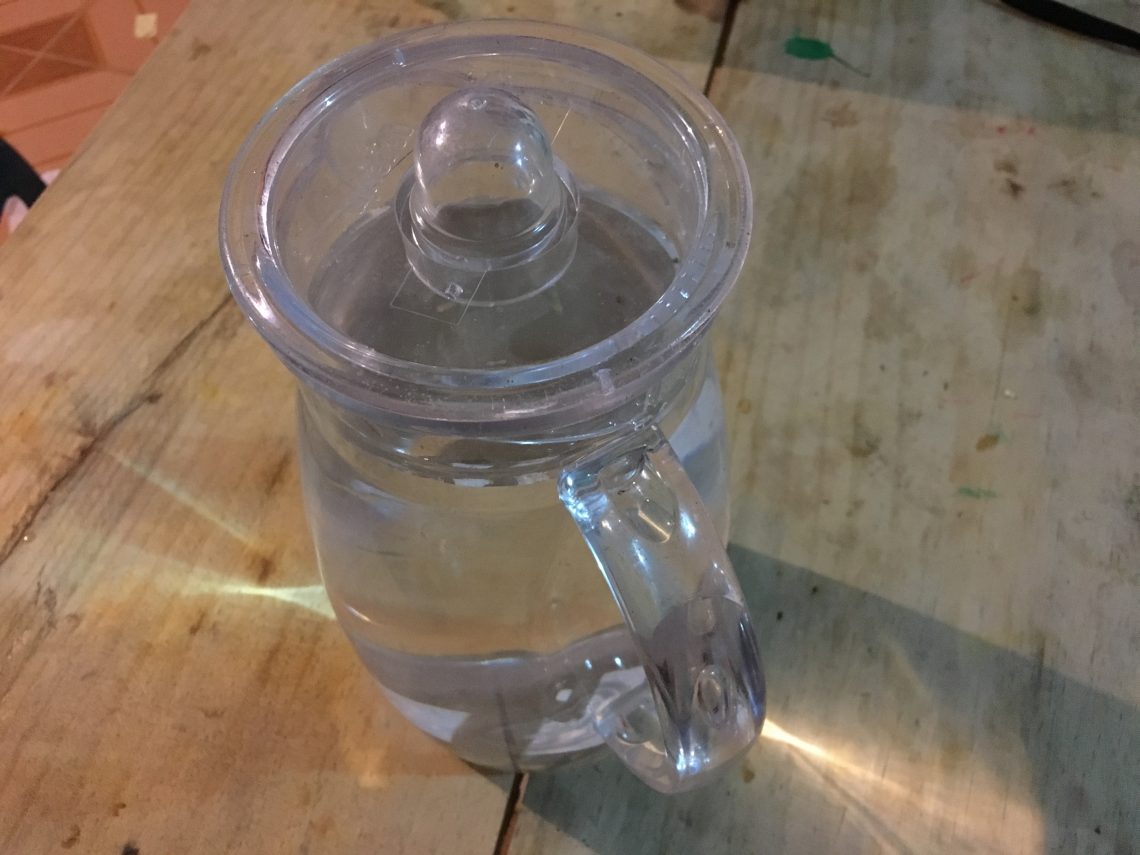
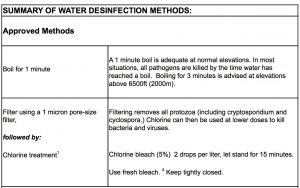
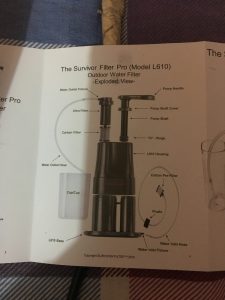
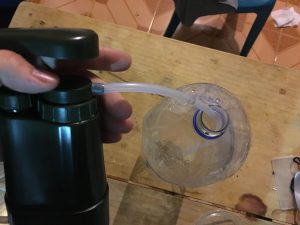
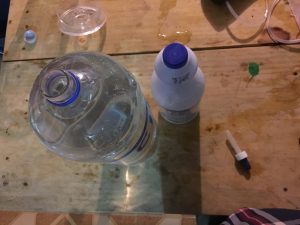
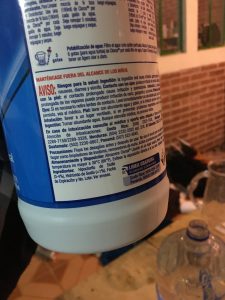
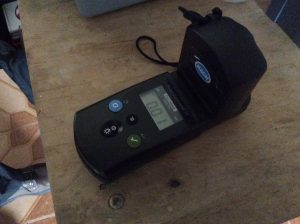
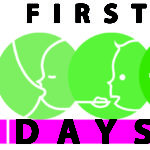
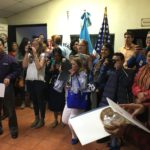
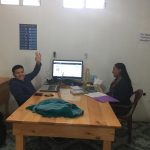
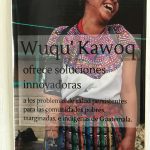

Comments by Mateo
Peace Corps Guatemala: Daily Activities 3: Women’s Group Handwashing Charla
Hi Emilio, I like your blog! I will send a postcard to ...